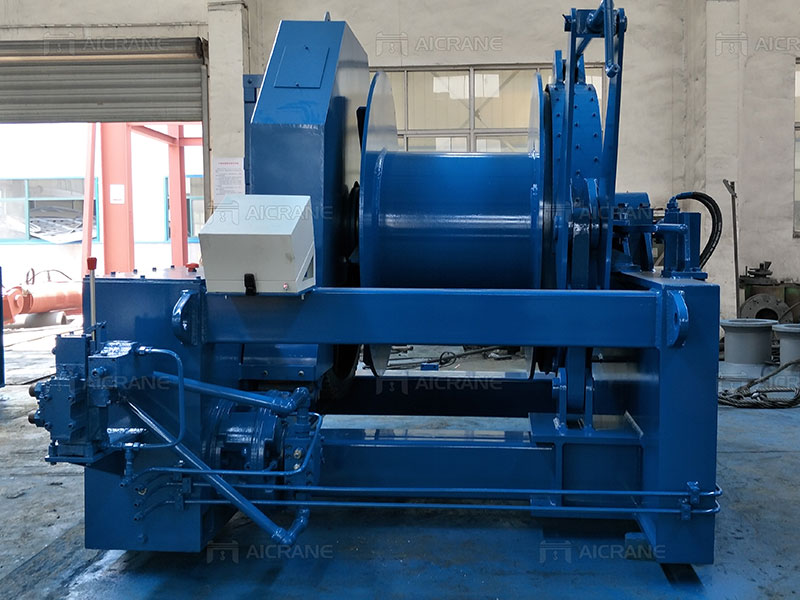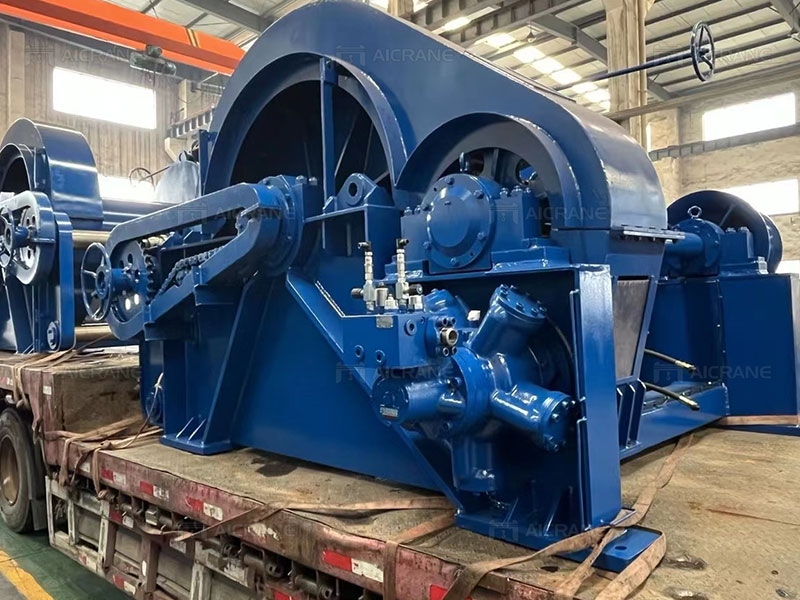A 30-ton hydraulic winch is a robust and reliable piece of equipment used in various industries for heavy-duty lifting and pulling tasks. Understanding the key components of a hydraulic winch is essential to harness its power and ensure efficient operation. This article explores the components of a 30-ton hydraulic winch, including the hydraulic motor and pump, drum and drum supports, control valve and hydraulic system, brake system, and frame and housing. By delving into these components, operators can gain insight into the intricate workings of a hydraulic winch and make informed decisions for optimal performance.
Hydraulic Motor and Pump
At the heart of a 30 ton hydraulic winch lies the hydraulic motor and pump, responsible for converting hydraulic power into mechanical power. The hydraulic motor receives pressurized hydraulic fluid from the pump and converts it into rotational force, driving the winch drum. Operators must consider the power requirements, hydraulic flow rate, and select an appropriate motor type and size for the desired performance. Additionally, the pump specifications, including flow capacity and pressure ratings, must match the requirements of the winch. Proper selection and maintenance of the hydraulic motor and pump ensure efficient power transmission and reliable operation.

Drum and Drum Supports
The drum and drum supports are crucial components that handle the cable or rope used for lifting or pulling loads. The drum size and capacity determine the length and amount of cable that can be wound on the winch. It is essential to select a drum that accommodates the necessary cable length while maintaining proper spooling and tensioning. The drum supports provide structural integrity and support for the drum, ensuring smooth and precise winding and unwinding operations. Material selection for the drum and supports should consider factors such as strength, corrosion resistance, and weight-bearing capacity to withstand heavy loads.
Control Valve and Hydraulic System
The control valve and hydraulic system regulate the flow and pressure of hydraulic fluid to control the operation of the industrial hydraulic winch. The control valve determines the direction and speed of the winch drum, allowing operators to reel in or let out the cable smoothly and accurately. Control methods can vary, including manual, electric, or proportional controls, depending on the application requirements. The hydraulic system comprises hydraulic hoses, fittings, and filters that ensure proper fluid circulation and contamination prevention. Operators must consider pressure and flow control considerations, along with safety features and emergency shut-off mechanisms, to maintain precise control over the winch’s movements.

Brake System
A reliable brake system is crucial for the safety and control of a 30-ton hydraulic winch. The brake system provides the necessary stopping force to hold the load in place and prevent unintended movement. Various types of brakes, such as disc brakes or hydraulic fail-safe brakes, are used in hydraulic winches. Safety features like load-holding valves or mechanical locks provide additional security by ensuring the load remains secure even when the winch is not actively pulling. Regular maintenance and inspection of the brake system are essential to ensure proper functioning and prevent any potential hazards during winch operations.
Frame and Housing
The frame and housing of a hydraulic winch machine provide structural support and protection for the internal components. The frame should be designed to withstand heavy loads and provide stability during operation. Proper material selection, such as high-strength steel, ensures the frame can handle the demanding working conditions. The housing protects the internal components from environmental factors, such as dust, moisture, or debris. Additionally, the housing should allow for easy access for maintenance and inspection purposes.
The components of a 30-ton hydraulic winch work in unison to deliver power and precision in heavy-duty applications. Understanding the hydraulic motor and pump, drum and drum supports, control valve and hydraulic system, brake system, and frame and housing provides valuable insights for operators. By paying attention to each component’s specifications, maintenance requirements, and safety features, operators can harness the full potential of a 30-ton hydraulic winch, ensuring efficient and reliable performance in demanding work environments.
